Tags
accordion, Alicia Bailey, Aurora, Book Arts Studio, butterflies, Chester A. Reed, collage, Colorado, copper foil, Denver, drop-spine box, envelopes, handwritten, Hedi Kyle, J. Willard Marriott Library, mica, moths, Penrose Special Collections, photographs, rare books, Ravenpress, Rocky Mountain Chapter of the Guild of Book Workers, Ruth Wheeler, seed, thread, tyvek, University of Denver
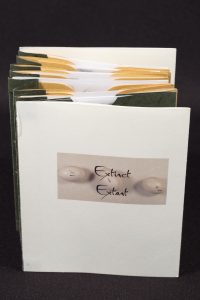
“…the continued existence of these birds in the form of skins, specimens and eggs at museums worldwide is perhaps indicative of a human tendency to preserve remains rather than…to protect life. I also considered that both impulses are as much a part of contemporary endeavor as statistic gathering.”
Extinct Extant
Alicia Bailey
Aurora, CO: Ravenpress, 2013
N7433.4 B265 E98 2013
From the artist’s statement: “Photographs of birds digitally printed, envelopes are hand printed, labels and spine text laser etched. Book based on an enhanced accordion binding structure designed by Hedi Kyle.” Issued in a drop-spine box with paper title label attached to the top and colophon attached to the bottom inside. Envelopes are attached to an accordion spine, forming eight leaves. The first envelope contains the preface and bibliographic information. The remaining seven envelopes contain single folios printed with information about an extinct species of bird, with a photograph of a specimen of that species laid in. A cropped image of each species is collaged to the back of each envelope. The name of each species is laser etched to the spine and back side of each envelope. Each envelope is a repurposed commercial negative envelope. Edition of eighteen copies plus two artist’s proofs, signed and numbered by the artist. Rare Books copy is no. 13.
Book as Archive & Enclosure
Alicia Bailey
Cosponsored by the Rocky Mountain Chapter of the Guild of Book Workers and the Book Arts Program
October 26 & 27
Friday & Saturday, 10:00 – 5:00
Book Arts Studio, J. Willard Marriott Library
$185, register here
Alicia Bailey has developed various ways of adapting traditional binding and structures to create books designed to hold dimensional objects. In this workshop, participants create two books to showcase and house both dimensional objects and flat artifacts. With great flexibility at the spine and sturdy, rigid pages, these books work well when handled or displayed as traditional book forms or as sculptural objects. Bring personal images and artifacts to build enclosures that are sculptural narratives or archives of memory.
Alicia Bailey is a studio artist working across multiple disciplines. She has focused on book arts, box constructions and assemblage since the mid-nineties, producing artists’ books, sculptural books and limited-edition books that incorporate a broad range of methods and materials. She is particularly interested in box and bookworks that include elements beyond surface printed images and text; that move beyond traditional book forms and embrace presentation flexibility, innovative page folding tactics, rigid-page construction and use of alternative materials. Her work has been featured in dozens of solo and group exhibits throughout the world and is held in numerous public, private, and special collections. An archive of her work in the book arts is under development at Penrose Special Collections, University of Denver, Denver, Colorado.
Rare Books is pleased to support the Book Arts Program with its collections.
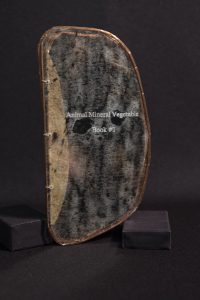
Animal Mineral vegetable Book #1
Alicia Bailey
Aurora, CO: A. Bailey, 2013
N7433.4 B22 A7 2013
Made with mica, copper foil, thread, tyvek with surface applied color, seed fluff, moths and butterflies.
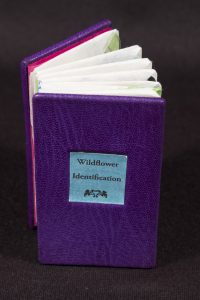
Wildflower Identification
Alicia Bailey
Aurora, CO: Alicia Baileyu, 2013
N7433.4 B22 W5 2013
Texts from the handwritten notes of Ruth Wheeler. Photographs scanned from 1946 originals taken by Ruth Wheeler. Color reproductions from flower guide published in 1916 by Chester A. Reed.
— Photographs by Scott Beadles

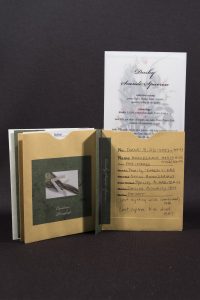
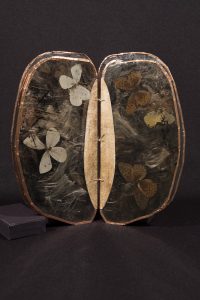
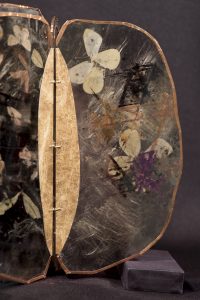
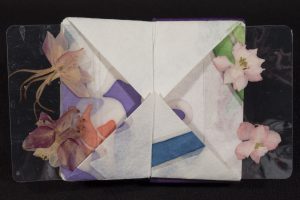
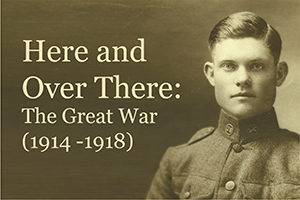
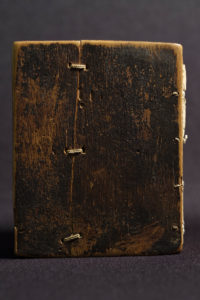

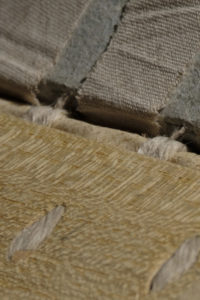
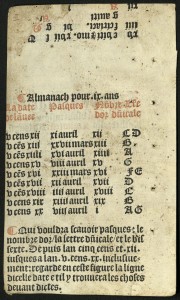
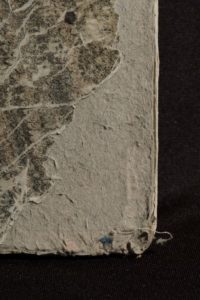
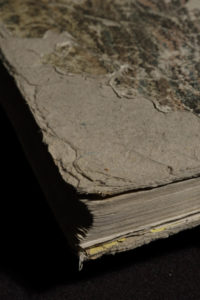
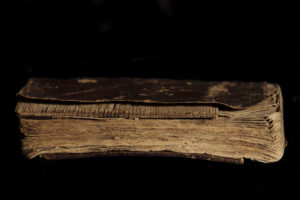
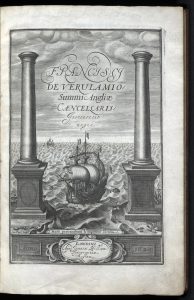
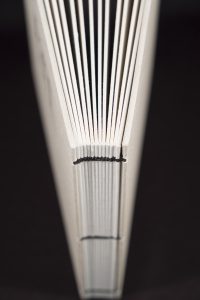

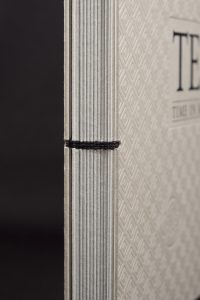
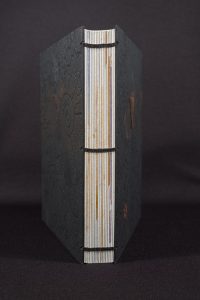
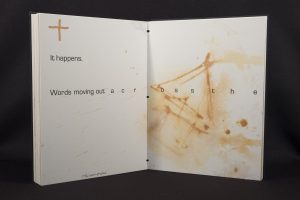
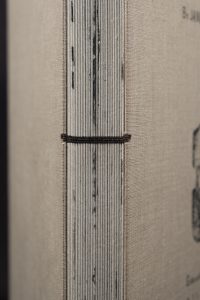
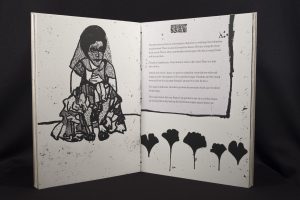
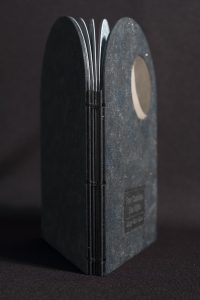
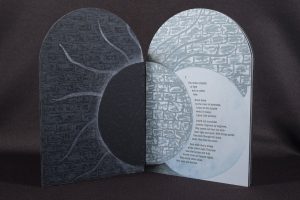
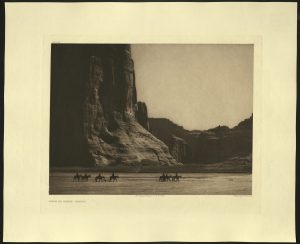
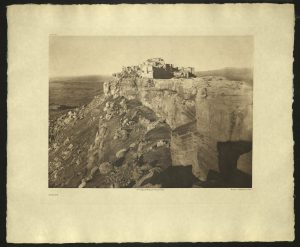
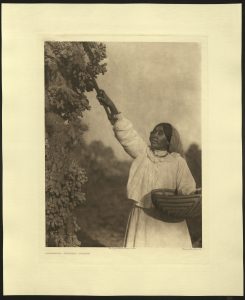
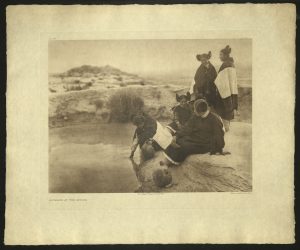
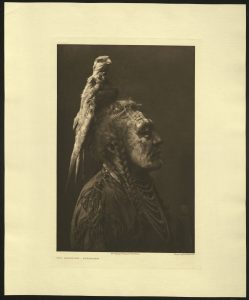
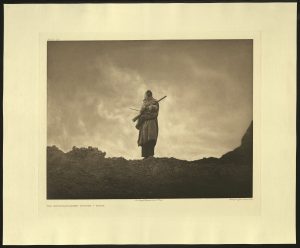
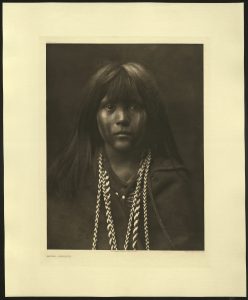
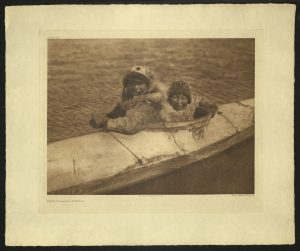
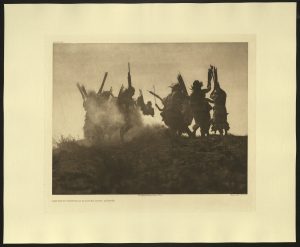
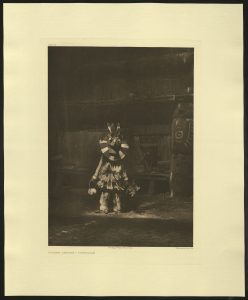

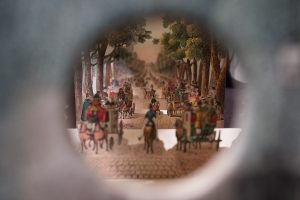
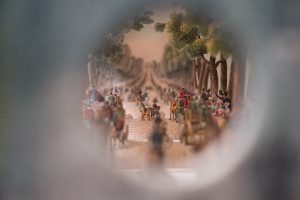
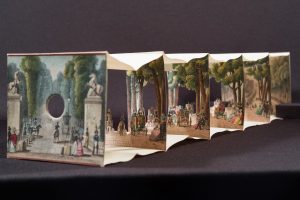
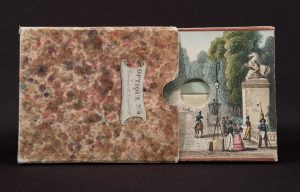
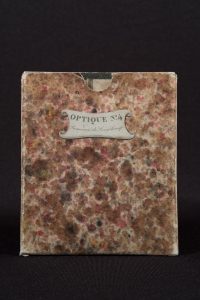
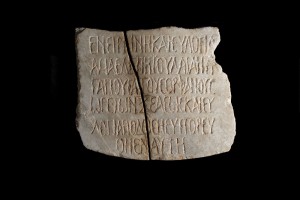
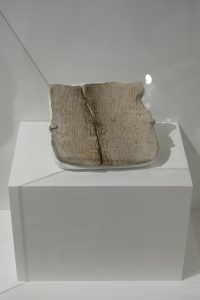
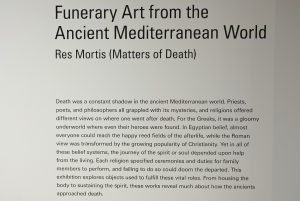
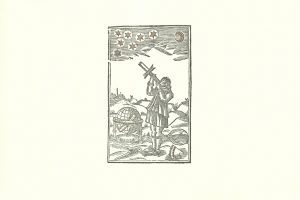
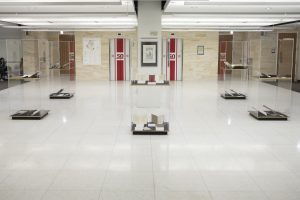
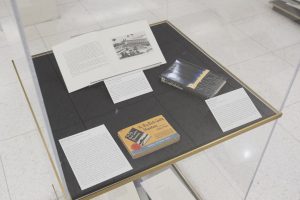
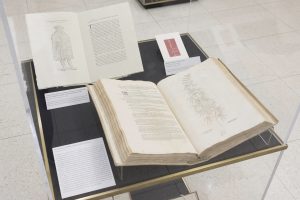
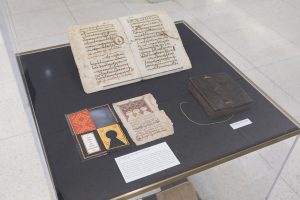
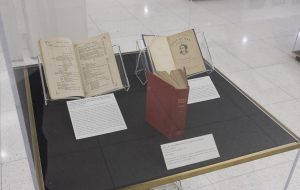
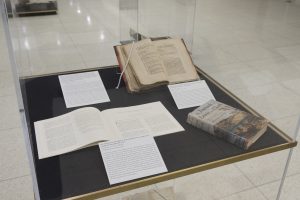

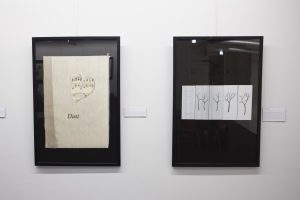
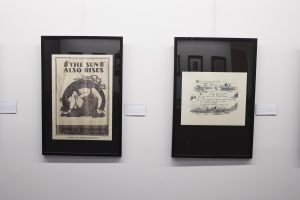
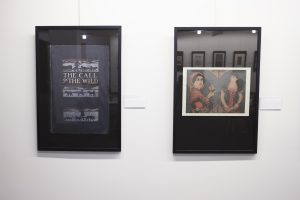
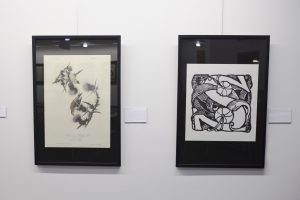
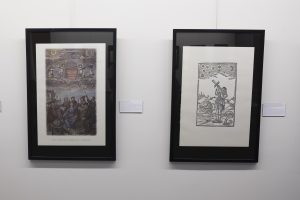
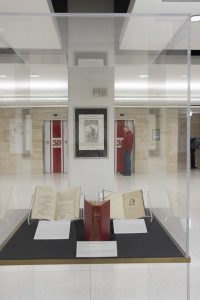
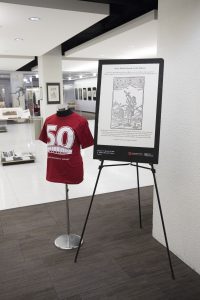
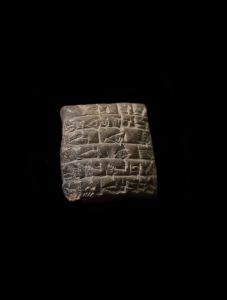
You must be logged in to post a comment.